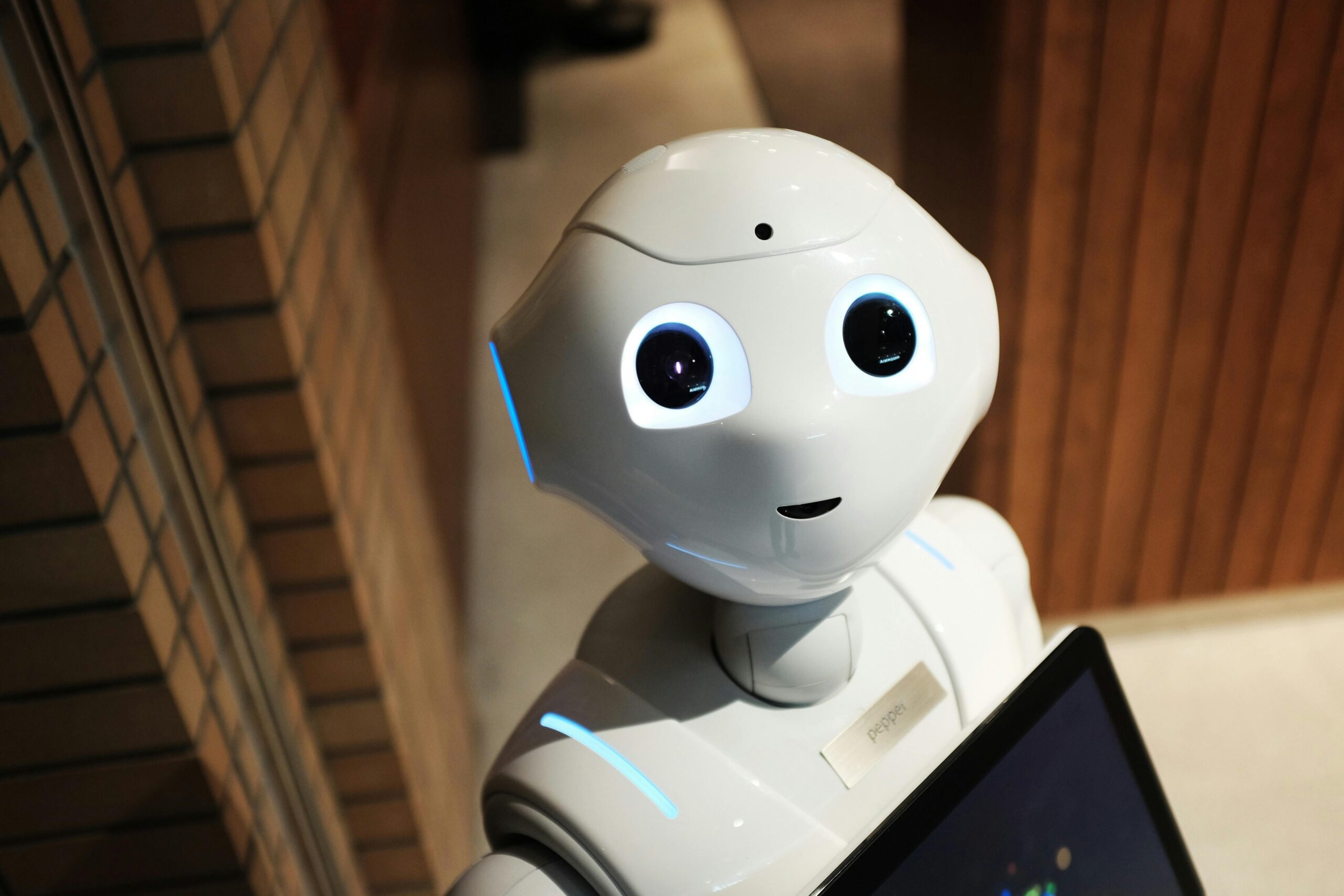Contents
- 1 Exploring Machine Learning and AI in Data Science: Aalto’s Take
- 2 Intro
- 3 Understanding the Basics: Machine Learning vs Artificial Intelligence
- 4 The Role of Data Science in Bridging ML and AI
- 5 Pioneering ML and AI Research at Aalto
- 6 Practical Applications of AI and ML in Industry
- 7 Is ChatGPT actually AI or just Machine Learning?
- 8 what is An Example of AI That Is Not Machine Learning?
- 9 What’s Better to Learn?
Exploring Machine Learning and AI in Data Science: Aalto’s Take
Intro
Data science, machine learning, and artificial intelligence are some of the most talked about fields in the world of technology and business. These terms often overlap and are sometimes used interchangeably, leading to confusion about their distinct roles and capabilities. However, at Aalto University, we believe that understanding the differences between these concepts is crucial for unlocking their full potential. In this blog post, we will delve into the world of machine learning and artificial intelligence in the context of data science, exploring how Aalto University is at the forefront of these cutting-edge technologies. By understanding the nuances between machine learning and artificial intelligence, we can better appreciate how they work together to drive innovation and create transformative solutions. So let’s dive in and discover Aalto’s take on machine learning and AI in data science.
Understanding the Basics: Machine Learning vs Artificial Intelligence
At the heart of the technological revolution, distinguishing between machine learning (ML) and artificial intelligence (AI) is crucial for grasping their contributions to data science. Machine learning, a subset of AI, focuses on developing algorithms that enable computers to learn from and make predictions or decisions based on data. This learning process typically involves feeding large amounts of data into algorithms, allowing them to adjust and improve over time without being explicitly programmed for each task. On the other hand, artificial intelligence encompasses a broader scope, aiming not only to replicate human intelligence but also to exceed it in various tasks. AI algorithms are designed to perform complex tasks that require cognitive functions such as learning, problem-solving, perception, and language understanding. While ML is concerned with machines gaining knowledge from data, AI’s ultimate goal is to achieve a level of intelligence that is indistinguishable from or surpasses human intelligence. Understanding these distinctions is pivotal for leveraging their respective strengths in the field of data science, where both play critical roles in analyzing vast datasets, deriving insights, and driving decision-making processes in innovative ways.
The Role of Data Science in Bridging ML and AI
Data science serves as the critical bridge connecting machine learning (ML) and artificial intelligence (AI), harmonizing their capabilities to solve complex problems. By harnessing the power of big data, data science provides the fertile ground for both ML and AI to flourish. The role of data science is pivotal; it involves not only the collection and cleaning of vast amounts of data but also its analysis and interpretation to uncover hidden patterns and insights. This process enables ML algorithms to learn effectively and AI systems to simulate human intelligence more accurately. Data science methodologies empower researchers and practitioners to refine ML models and enhance AI systems, ensuring they are more adaptive and capable of tackling real-world challenges. In this symbiotic relationship, data science acts as the enabler for ML and AI to achieve their full potential, facilitating the transformation of raw data into actionable knowledge. Through this integration, data scientists leverage the strengths of ML and AI to push the boundaries of what’s possible, driving forward innovations that have the power to reshape industries and improve lives.
Pioneering ML and AI Research at Aalto
Aalto University stands out as a beacon of innovation in the realms of machine learning (ML) and artificial intelligence (AI). The institution’s commitment to advancing these fields is evident in its multidisciplinary research approach, integrating insights from computer science, mathematics, and cognitive sciences to push the boundaries of what’s possible with AI and ML. Aalto’s researchers are pioneering new algorithms and methodologies that not only enhance the learning capabilities of machines but also aim to solve some of society’s most pressing challenges. Projects range from developing AI systems that can predict and mitigate environmental disasters to creating ML models that personalize healthcare treatments. The university’s collaborative ecosystem encourages students and faculty to work closely with industry partners, ensuring that breakthroughs in ML and AI are not just theoretical but have practical applications. Aalto’s contribution to AI and ML research is brainly, showcasing a profound understanding of how these technologies can be harnessed to benefit humanity. Through its pioneering efforts, Aalto is not only advancing the academic discourse but also laying the groundwork for the next generation of AI and ML innovations.
Practical Applications of AI and ML in Industry
The banking sector has been a frontrunner in adopting machine learning and artificial intelligence to revolutionize how financial services operate. ML and AI are transforming banking by enhancing customer service through chatbots and personal assistants capable of handling queries and transactions around the clock. These technologies also play a crucial role in fraud detection, where algorithms analyze patterns in transaction data to identify and prevent fraudulent activities in real-time. Additionally, AI-driven analytics are used to tailor financial products to customer needs, optimizing personal banking experiences. Credit scoring, another critical area, benefits from ML by utilizing a wider range of data sources, including non-traditional ones, to assess creditworthiness more accurately and inclusively. This shift not only improves risk assessment but also expands financial inclusion for underserved populations. The deployment of AI and ML in banking is not just enhancing efficiency and security but also pioneering more personalized and accessible banking services, illustrating the transformative impact these technologies have across industries.
Is ChatGPT actually AI or just Machine Learning?
As technology continues to advance and impact our daily lives, there has been a growing interest in artificial intelligence (AI) and machine learning (ML). One recent development in this field is ChatGPT, a chatbot that has gained popularity for its human-like conversations and ability to generate text based on given prompts. However, with its impressive capabilities, many are left wondering: is ChatGPT actually AI or just machine learning? In this blog post, we will delve into the world of AI and ML, and unravel the mystery behind ChatGPT’s technology to determine if it truly falls under the category of AI or if it is simply a product of machine learning algorithms. Join us as we explore the intricacies of these terms and their applications in the fascinating world of artificial intelligence.
what is An Example of AI That Is Not Machine Learning?
As we navigate the landscape of artificial intelligence, it’s clear that the future of AI is not solely anchored in the realms of machine learning. This perspective invites us to explore the vast potentials of AI technologies that rely on different paradigms. For instance, rule-based systems, a prime example of AI that does not necessitate machine learning, demonstrate that AI can thrive on predefined rules and logic to make decisions. These systems, though not as flexible or self-improving as machine learning algorithms, offer predictability, transparency, and easier interpretability, which are crucial in fields where explainability is paramount. Additionally, the resurgence of interest in symbolic AI, where the focus is on the manipulation of symbols rather than numerical data, hints at a broader spectrum of AI capabilities that extend beyond the current trends. As AI continues to evolve, the integration of various AI methodologies, including those not reliant on machine learning, promises a more robust and versatile AI ecosystem. This multifaceted future of AI is poised to revolutionize industries, offering solutions that are tailored to specific needs and challenges, while also enhancing the synergy between human intelligence and artificial intelligence.
What’s Better to Learn?
Artificial intelligence and machine learning are two of the most popular and rapidly growing fields in technology today. With the increasing demand for automation and intelligent systems, it’s no surprise that many individuals are considering learning one of these fields. However, the question remains: which one is better to learn? Is it artificial intelligence or machine learning? In this blog post, we will dive into the differences between these two fields and explore which one might be a better fit for those looking to enter the world of advanced technology. By the end, you will have a better understanding of whether it’s better to learn AI or machine learning, depending on your interests and career goals.


